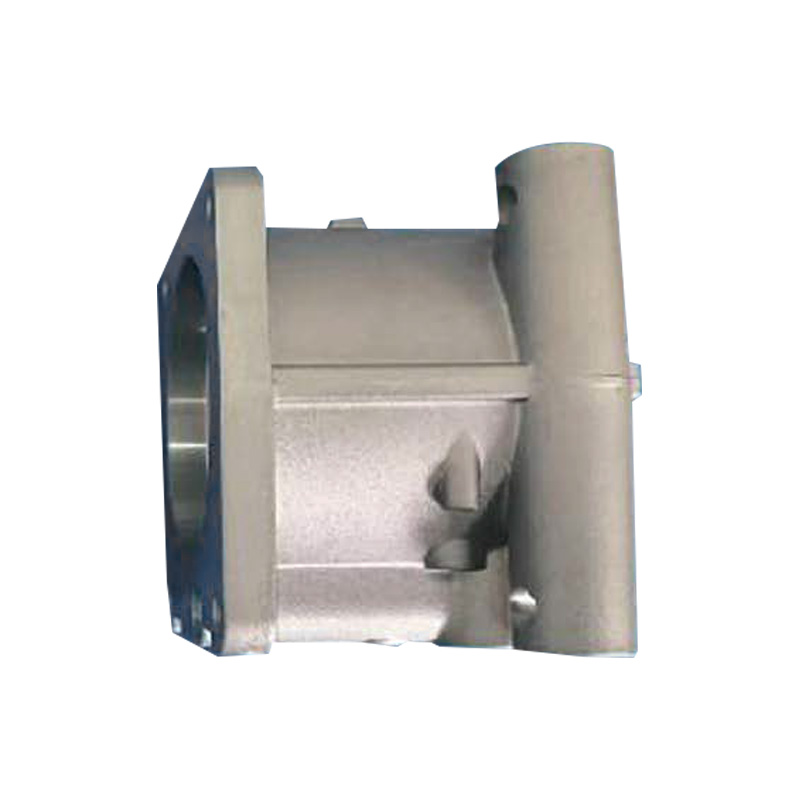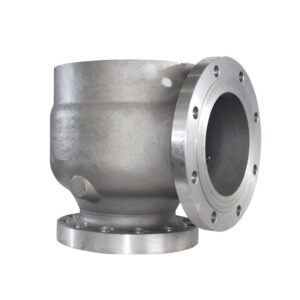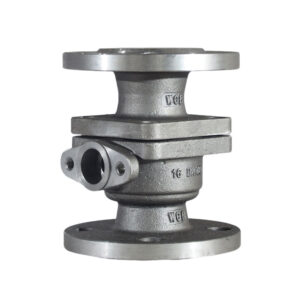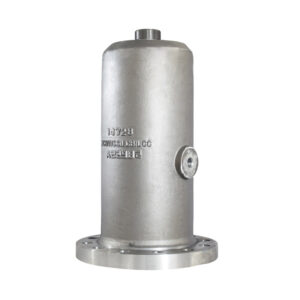EGR Valve Housing
EGR Valve Housing
Upgrade your vehicle with our premium EGR Valve Housing, designed for precision and durability. Our EGR Valve Housing ensures optimal engine performance and efficient exhaust gas recirculation. Trust our high-quality components for reliable and long-lasting automotive solutions. Explore our range today for seamless repairs and enhanced performance.
EGR Valve Housing | Precision-Engineered for Efficient Emissions Control
Improve your engine’s efficiency and reduce harmful emissions with our premium EGR Valve Housing, expertly designed for durability, precision, and seamless integration. This critical component supports the exhaust gas recirculation system by effectively channeling exhaust gases back into the intake manifold, reducing NOx emissions and enhancing fuel economy. Manufactured with high-quality materials and advanced engineering, our EGR Valve Housing ensures long-lasting performance under extreme temperature and pressure conditions. Perfect for both OEM replacements and aftermarket upgrades, it offers corrosion resistance, thermal stability, and a perfect fit for a wide range of vehicles. Choose our EGR solutions to enhance your engine’s environmental compliance and overall reliability.
- Más de 60 tipos de materiales, más de una docena de aleaciones y 70 tipos de números.
- Se pueden producir muchos productos, más de 3500 moldes de fundición de precisión y más de 1000 moldes de fundición en arena.
- Los accesorios de producción pueden ser grandes o pequeños.
- Se puede personalizar un solo producto de 50 kg.
- Hay varios hornos disponibles para seleccionar y se pueden producir piezas individuales de 50 kg a 850 kg.
- Con 20 años de experiencia y maestría, ingresó a la industria en la década de 1980 y se convirtió en el líder de la industria.
- Los productos son trazables y cada producto de horno tiene un certificado: 3.1 Certificado de material.
- Los clientes pueden solicitar a una agencia de pruebas de terceros que emita un certificado 3.2.
- Los productos de primera calidad procesados pueden ser objeto de un certificado de procesamiento.
Ventajas de Leierwo en la fundición de piezas de precisión en la industria automotriz
Leierwo, con su sistema de gestión de calidad certificado según las normas ISO 9001 e IATF 16949, cumple con los estrictos requisitos de la industria automotriz en cuanto a rendimiento constante y control de calidad. Su capacidad de fundición para materiales como acero aleado y acero al carbono la hace idónea para la fabricación de piezas clave como soportes de motor, carcasas de transmisión y componentes del sistema de frenos. Además, la empresa cuenta con capacidades de mecanizado CNC, lo que permite el posterior procesamiento de piezas fundidas de precisión para mejorar la precisión dimensional y la compatibilidad del ensamblaje, cumpliendo así con los altos estándares de procesamiento de los componentes automotrices.
Selección del material principal
Las piezas automotrices requieren materiales con excelente resistencia, tenacidad, resistencia a la fatiga, soldabilidad y cierto grado de resistencia a la corrosión, además de un equilibrio entre ligereza y rentabilidad. En la fundición de precisión, el acero al carbono y los aceros aleados se utilizan ampliamente debido a sus excelentes propiedades mecánicas y maquinabilidad.
Materiales comunes:
Serie de acero al carbono:
1045: Excelente resistencia y tenacidad, adecuado para piezas estructurales como ejes y bielas.
4130: Una aleación de cromo-molibdeno con excelentes propiedades de tratamiento térmico, adecuada para componentes de alta resistencia y resistentes a la fatiga, como sistemas de suspensión y ejes de transmisión.
Serie de acero aleado:
42CrMo (AISI 4140): Alta resistencia y tenacidad, adecuado para componentes clave como engranajes, cigüeñales y árboles de levas.
35CrMo: Similar al 42CrMo, pero con un contenido de carbono ligeramente menor, adecuado para componentes que requieren excelentes propiedades de soldadura.
4140: Ampliamente utilizado en piezas automotrices de servicio pesado, como ejes y componentes de chasis.
Serie de acero inoxidable (para componentes específicos)
304L/316L: Se utiliza en componentes que requieren alta resistencia a la corrosión, como sistemas de escape y sistemas de combustible.
Opciones de servicio de casting de claves
La industria de autopartes debe encontrar un equilibrio entre la capacidad de producción en masa, los requisitos de precisión y el control de costos al elegir los servicios de fundición. Tres categorías de servicios tienen cada una su propio enfoque:
Fundición en arena: Esta es la opción más común para piezas de automoción. Las piezas de automoción suelen producirse en masa (p. ej., bloques de motor, soportes de chasis y cubos de rueda). Estas piezas tienen formas relativamente regulares (sin cavidades internas excesivamente complejas ni superficies curvas). La fundición en arena permite una producción en masa eficiente a bajo coste, satisfaciendo así la demanda de la industria automotriz de una "estandarización a gran escala".
Fundición a la cera perdida: Es adecuada para piezas críticas de alta precisión y formas complejas, como álabes de turbocompresores y engranajes de transmisión. Estas piezas deben soportar altas temperaturas y presiones, y requieren una precisión dimensional (p. ej., curvatura de álabes) y un acabado superficial extremadamente altos. La capacidad de la fundición a la cera perdida para obtener una forma casi final reduce el mecanizado posterior y garantiza un rendimiento constante.
Mecanizado CNC: Este método sirve como complemento de precisión a la fundición. Los componentes principales de automoción (como cigüeñales y bielas) requieren un estricto control de tolerancias dimensionales (como una tolerancia del diámetro del eje de +0,01 mm). Tras la fundición en arena o de inversión, las superficies clave (como los orificios de conexión y las ranuras de posicionamiento) se mecanizan con precisión mediante mecanizado CNC para garantizar la precisión del ensamblaje y la estabilidad operativa.





